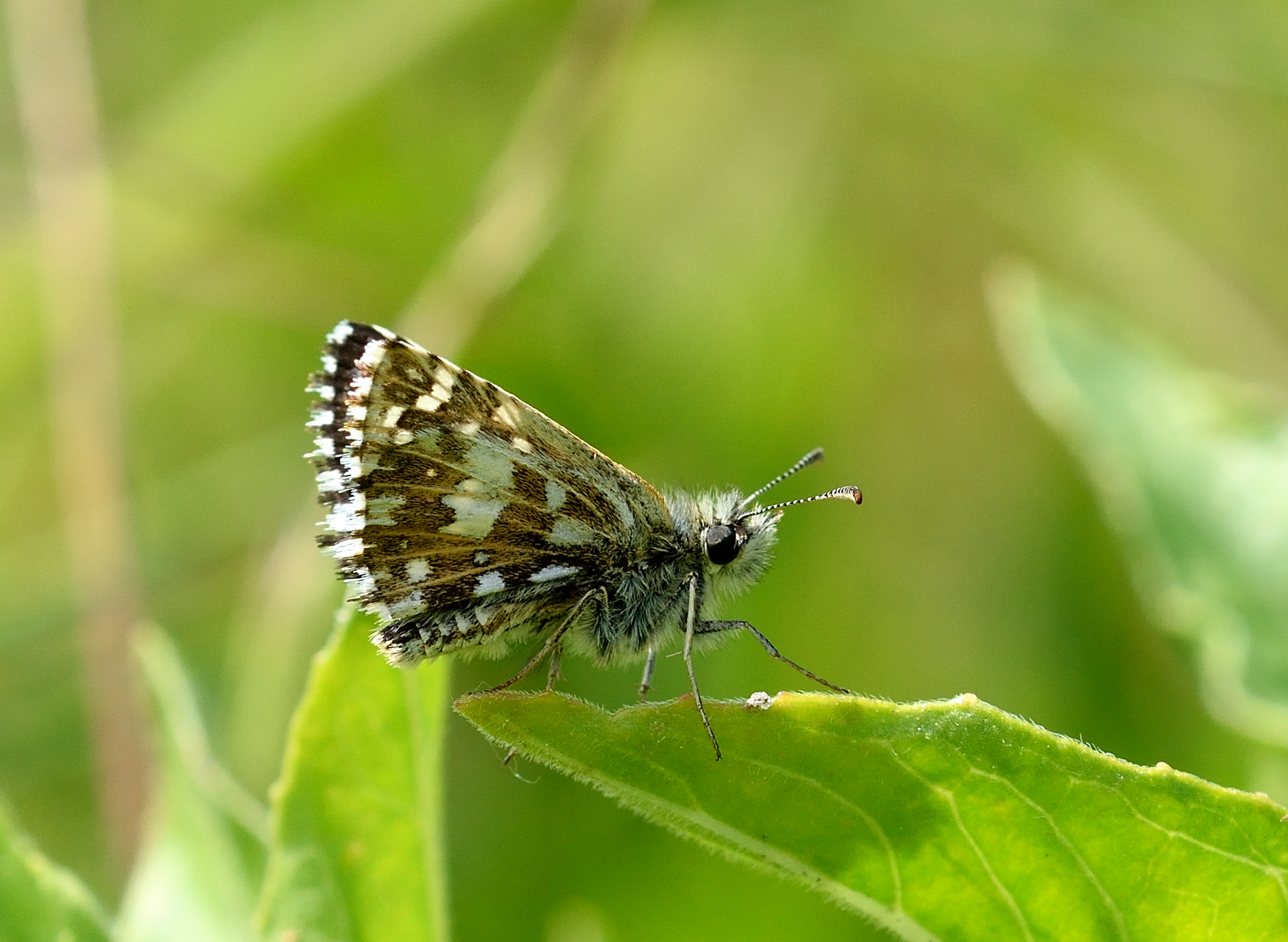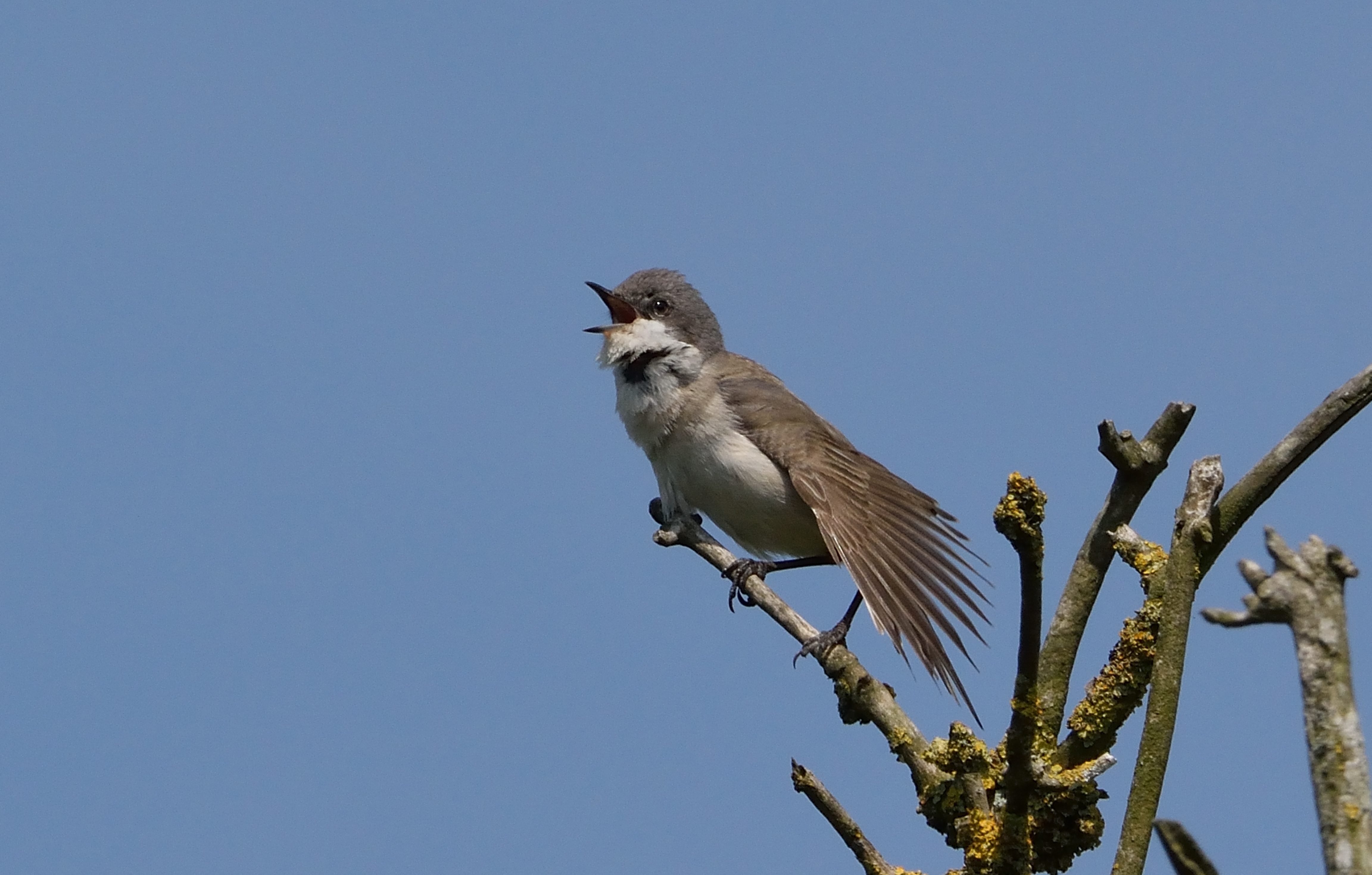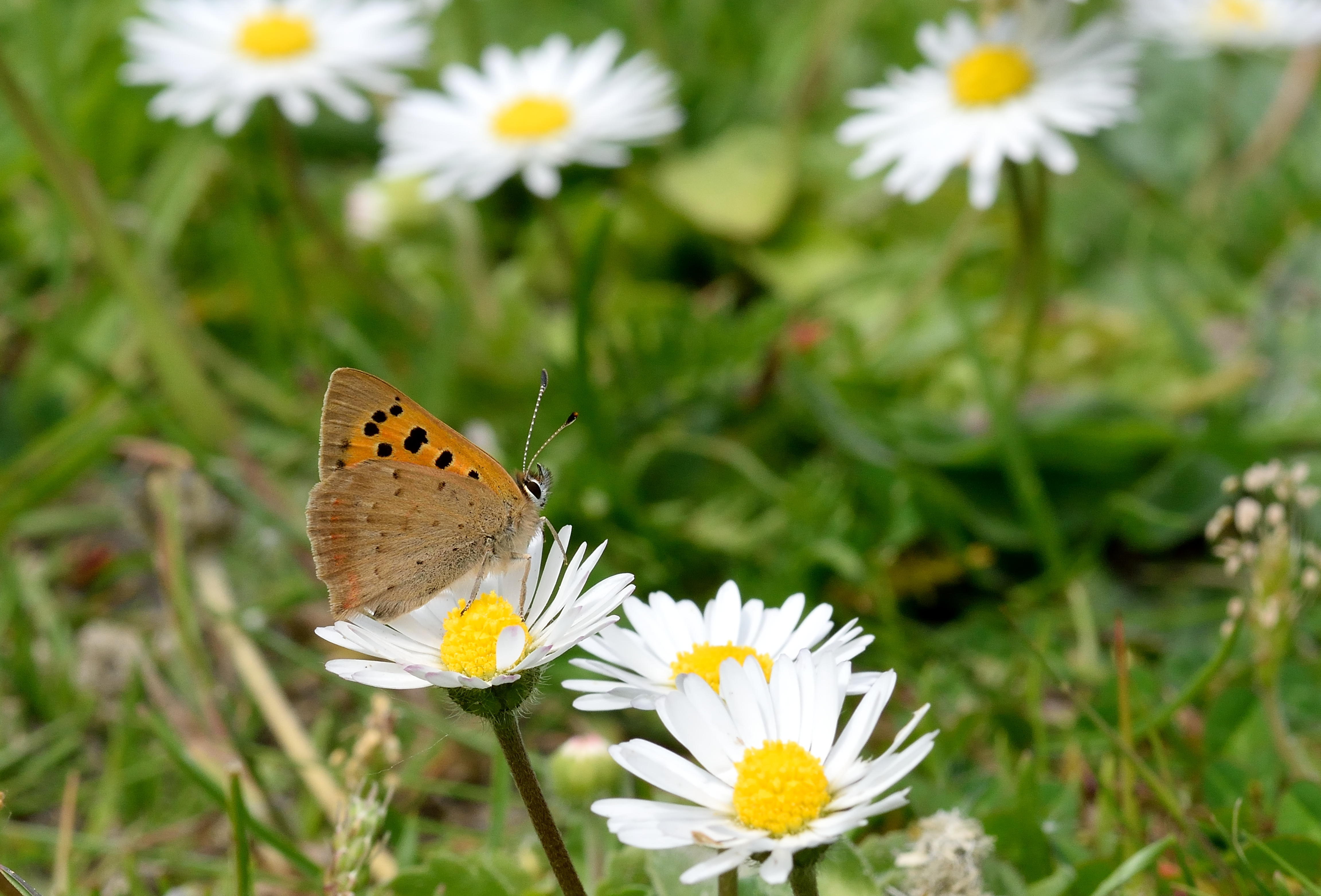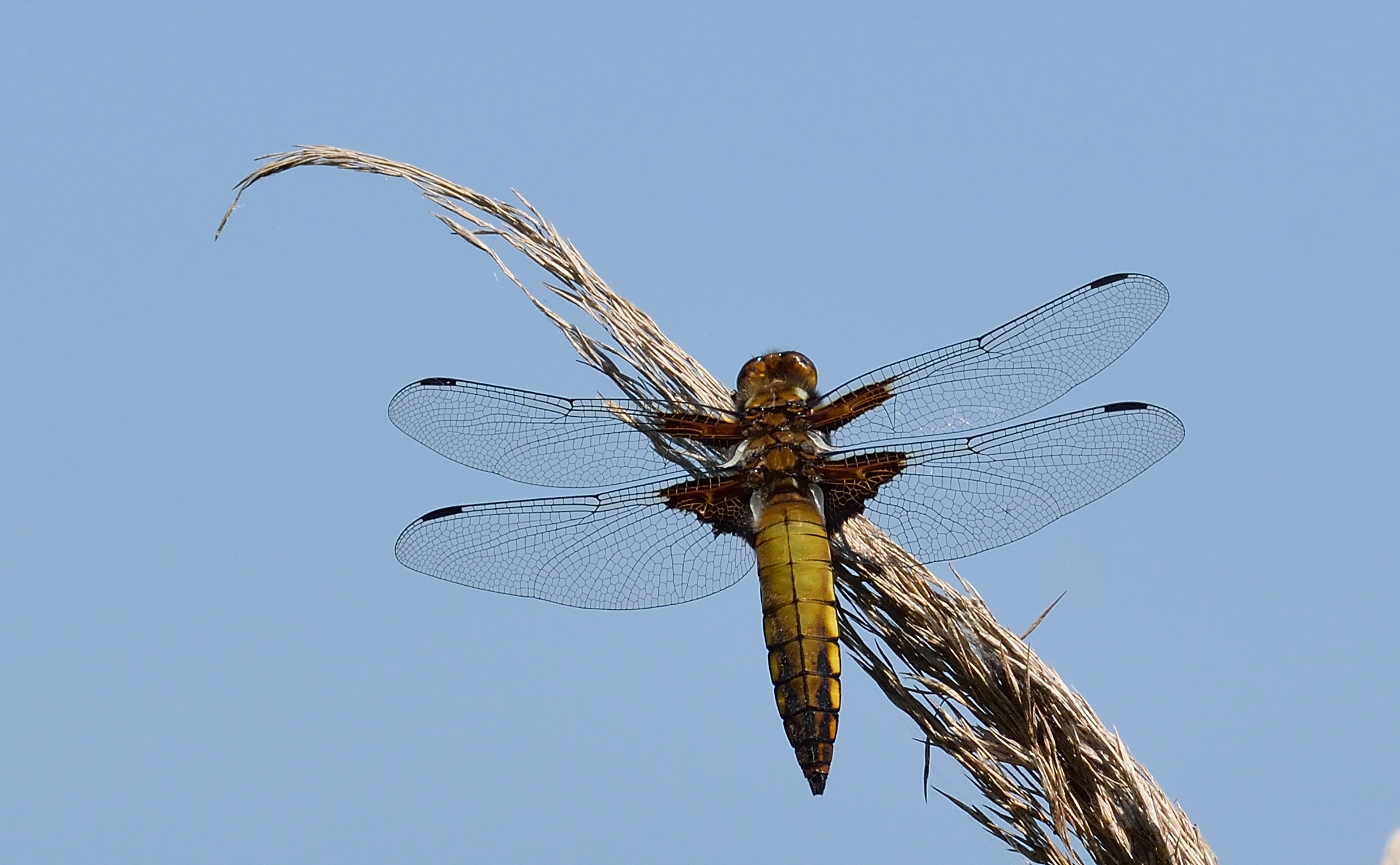I know, I know, I keep banging on about the British weather that’s what we Brits do. But honestly take this morning. I took Mrs H to work the thermometer on the dash read 9c, in ‘old money’ that is 48f. The sky a leaden grey and the rain steadily moistened the already saturated ground, at least the fresh northerly wind had abated. The central heating’s on and I’m wearing a thick woolly jumper!
In these conditions certain species of butterfly can take a hammering. Those that appear for just a few weeks at a certain time of the year can suffer. They need to breed or else the colony could be lost. Spare a thought for ‘our’ Swallowtail (Papilio machaon ssp britannicus). This, the largest, British butterfly lives only in the east Norfolk Broads, that’s right, where I live. It emerges late May/ early June and is on the wing ’till July. It is renowned for being fussy, appearing only in warm sun and light winds, oh dear.

Last Thursday I noticed a large amount of blue in the sky when showers were forecast. So I quickly drove to Hickling Broad in the hope of finding a Swallowtail. Again there is a huge lack of nectar flowers along the ‘Weaver’s Way’ footpath. Last year was bad this year worse. Once where there were big beds of Red Campion, a favourite of the Swallowtail, now there is just the odd plant lost among the grass and reed. On previous walks I had noted a decent bramble bush coming into flower and it was this I ‘staked out’ waiting for the sun to appear from behind a very stubborn, slow moving cloud. When it did I was rewarded with five sightings of this regal butterfly.

They say nature is resilient. Hopefully there will be enough days for this beautiful and treasured butterfly to re-produce.
Next week we are off on holiday to the north/west Highlands of Scotland. I dread to think what the weather holds in store for us!






























































